Premium Only Content
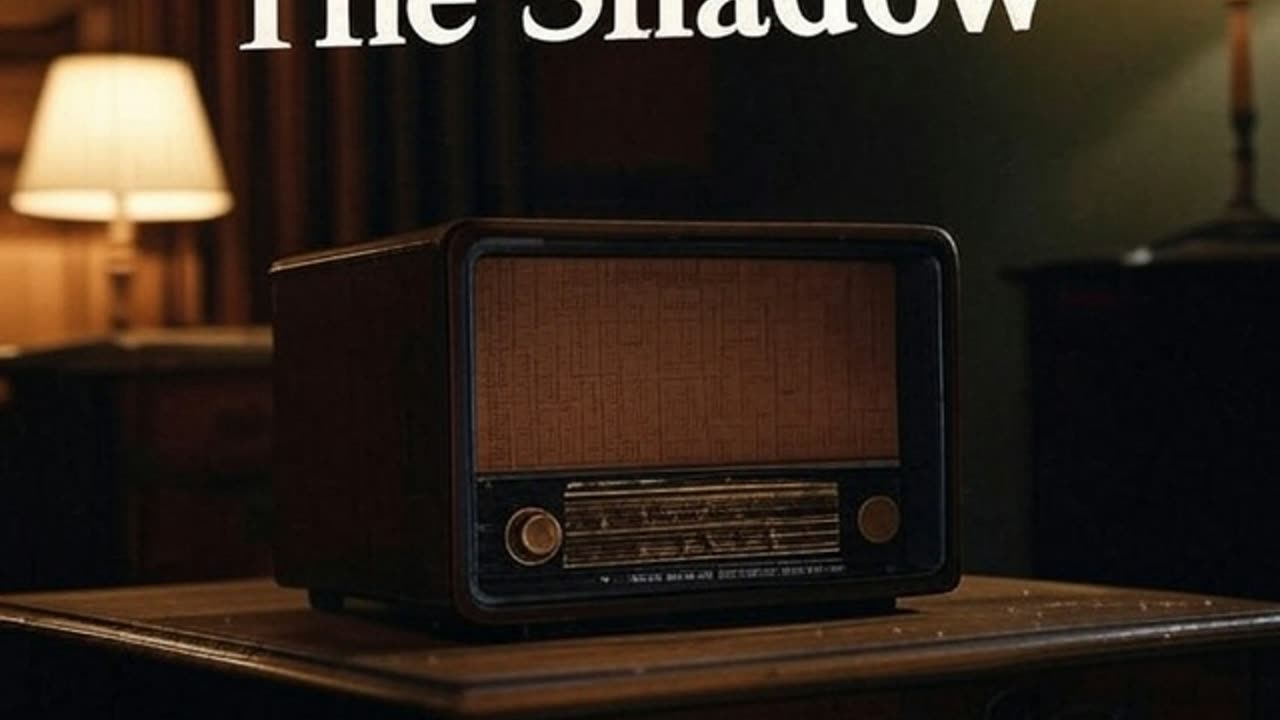
The Shadow: Murder on Approval (June 12, 1938)
Setting: A contemporary (1938) American city, likely New York, with scenes in a high-society mansion, city streets, a criminal hideout, and possibly a corporate office or auction house. The episode uses sound effects like footsteps, creaking doors, gunfire, and eerie whispers to create a suspenseful, noir-like atmosphere, emphasizing The Shadow’s mysterious presence.
Plot:
Introduction: The episode opens with the iconic The Shadow theme, an excerpt from Camille Saint-Saëns’ Le Rouet d’Omphale, followed by announcer Frank Readick’s chilling delivery: “Who knows what evil lurks in the hearts of men? The Shadow knows!” The narrator introduces “Murder on Approval,” a tale of a sinister scheme where murder is meticulously planned and sanctioned by a criminal mastermind.
The Premise: The story revolves around a criminal operation where murders are “approved” by a mastermind, possibly a corrupt businessman, mob boss, or secret society leader, who orchestrates killings for profit or power. The title suggests a cold, calculated process, perhaps involving a hit list, a contract killing, or a scheme to eliminate rivals or witnesses. Lamont Cranston and Margo Lane become involved when a murder occurs—likely targeting a prominent figure, such as a politician, heiress, or corporate executive—or when Cranston overhears a plot in high-society circles, prompting The Shadow to intervene.
The Investigation: Cranston, using his dual identity, navigates elite social events or corporate boardrooms to gather clues, while The Shadow employs his invisibility and hypnotic powers to infiltrate the criminal network. Margo Lane assists, possibly posing as a socialite or secretary to uncover evidence, such as a coded ledger or overheard conversation. The investigation reveals a complex conspiracy, with the mastermind approving murders to cover up a larger crime—perhaps embezzlement, blackmail, or a power grab. Key scenes include The Shadow thwarting an assassination attempt, interrogating a nervous henchman, or eavesdropping in a shadowy hideout, with sound effects like muffled screams or a ticking clock.
Escalating Action: The criminal’s operation escalates as more murders are planned, creating a race against time. The mastermind’s meticulous planning—perhaps a “council” approving each kill—makes them a formidable foe, with henchmen executing orders with precision. The Shadow’s interventions lead to chases through city streets, confrontations in a foggy alley, or a tense standoff in a mansion, with action sequences marked by gunfire or breaking glass. Margo might uncover a critical clue, such as a list of targets, while Cranston deals with police, possibly Commissioner Weston, who doubts the conspiracy’s scope.
Climax and Resolution: The climax likely occurs during a pivotal murder attempt, such as a public event or a private meeting, where The Shadow disrupts the plan, using his mental powers to expose the mastermind. The villain might be arrested, killed in a trap of their own making, or driven to confess under The Shadow’s influence. The murder ring is dismantled, and justice is served. The episode concludes with Cranston and Margo reflecting on the case, and Readick’s haunting laugh teasing the next adventure, reinforcing The Shadow’s enigmatic heroism.
Themes: The triumph of justice over calculated evil, the exposure of hidden conspiracies, and the protection of the innocent. The episode blends The Shadow’s pulp roots with psychological suspense, reflecting 1930s fascination with organized crime and secret societies.
Cast and Roles:
The Shadow/Lamont Cranston: Played by Orson Welles, delivering a dual performance—suave and sophisticated as Cranston, commanding and eerie as The Shadow—with his rich, theatrical voice enhancing the character’s mystique.
Margo Lane: Played by Margot Stevenson, portraying Cranston’s companion with intelligence and courage, voiced with poise and urgency, possibly aiding through undercover work or sharp deductions.
The Mastermind: Played by an unnamed actor, likely a radio veteran, voicing the calculating villain—perhaps a mob boss or corrupt elite—with a cold, authoritative tone, embodying sinister control.
Supporting Characters: Unnamed ensemble actors, including:
Henchmen: Voiced as gritty, loyal thugs executing the approved murders.
Victim/Witness: A targeted figure or informant, voiced with fear or defiance, providing key clues.
Commissioner Weston (Possible): Voiced as a skeptical police official, if featured, interacting with Cranston.
Announcer/Narrator: Frank Readick, delivering the opening and closing lines, including “The Shadow knows!” with a chilling, echoed effect, framing the story’s suspense.
Note on Cast: The Shadow relied on a skilled radio cast, with Welles and Stevenson as leads, supported by actors doubling in minor roles. Welles’s Mercury Theatre background brought cinematic flair to the pulp drama.
Production Details:
Music: The theme, an excerpt from Saint-Saëns’ Le Rouet d’Omphale, opens and closes the episode, with incidental music—suspenseful stings or ominous chords—accentuating action, composed by Mutual’s in-house musicians.
Writer: Likely Walter B. Gibson or Edward Hale Bierstadt, crafting a story rooted in The Shadow’s pulp origins, emphasizing crime, mystery, and The Shadow’s supernatural abilities.
Director: Likely overseen by the Mercury Theatre team, with Welles’s influence ensuring a dynamic, cinematic production.
Sound Effects: Critical to the episode, including footsteps, creaking doors, gunfire, muffled screams, and whispers, creating a vivid, noir-like soundscape. The Shadow’s invisibility might be suggested by sudden silences or distorted voices.
Sponsor: Blue Coal, a heating company, sponsored the 1937–1938 season, with brief ads integrated into the Sunday evening broadcast, typically at 5:30 PM Eastern.
World and National Events Around June 12, 1938:
To provide context for the broadcast, here are key world and national events occurring in early June 1938, reflecting the pre-war climate that shaped listeners’ perspectives:
World Events:
Nazi Germany’s Expansion: Germany, under Hitler, annexed Austria in the Anschluss (March 12, 1938) and was escalating pressure on Czechoslovakia’s Sudetenland, heightening European tensions. Radio news reported fears of war, with the Munich Agreement looming (September 1938), resonating with the episode’s theme of hidden conspiracies, similar to Lights Out’s dark narratives.
Japanese Invasion of China: Japan’s Second Sino-Japanese War continued, with the Battle of Wuhan (June–October 1938) beginning, leading to significant casualties. U.S. radio covered humanitarian concerns, amplifying anti-Axis sentiment, paralleling The Shadow’s fight against organized evil.
Italian Fascism: Mussolini’s Italy, aligned with Germany, maintained its imperialist stance post-Ethiopia (1936), with negotiations for the Pact of Steel (signed May 1939) underway. U.S. media reported Axis aggression, echoing the episode’s battle against a criminal mastermind.
Holocaust Escalation: Nazi anti-Jewish policies intensified, with increased persecution and emigration pressures. Kristallnacht (November 1938) approached, with limited U.S. awareness via radio, aligning with the episode’s grim tone.
National Events:
Economic Challenges: The U.S. was navigating the “Roosevelt Recession” (1937–1938), with unemployment at 19%. New Deal programs, like the Wagner Act, supported labor, covered in radio news, reflecting public desire for stability, akin to The Shadow’s restoration of order.
Roosevelt’s Policies: President Franklin D. Roosevelt pushed economic recovery and neutrality, with the Fair Labor Standards Act (passed June 25, 1938) setting a minimum wage and 44-hour workweek. Radio addresses emphasized democratic values, contrasting with the episode’s criminal conspiracy.
Entertainment and Morale: Hollywood and radio thrived, with films like Snow White and the Seven Dwarfs (1937) and radio shows like The Lone Ranger dominating. The Shadow’s pulp-inspired drama, airing Sundays, offered escapism amid economic and global woes.
Sports and Culture: The 1938 MLB season featured the New York Yankees, with Joe DiMaggio excelling. Benny Goodman’s swing music, like “Sing, Sing, Sing,” defined the era’s vibrant culture, covered on radio.
-
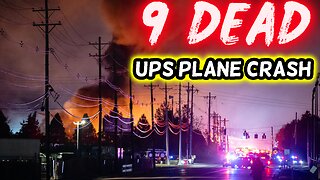 28:53
28:53
iCkEdMeL
13 hours agoBREAKING: 9 DEAD After UPS Plane BURSTS Into Fireball at Louisville Airport
178 -
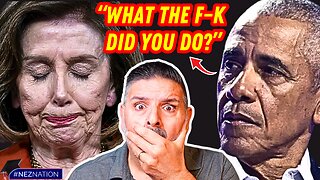 20:52
20:52
Professor Nez
16 hours agoThe TRUTH is Actually WORSE than we Thought...
74514 -
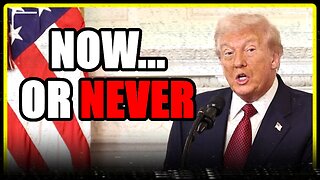 8:59
8:59
MattMorseTV
15 hours agoTrump’s DIRE WARNING to the Senate GOP.
46.8K77 -
 2:13:33
2:13:33
Side Scrollers Podcast
18 hours agoAsmongold SUED for Emotional Distress + Hasan REJECTED+ INSANE Plane Crash + More | Side Scrollers
78.4K22 -
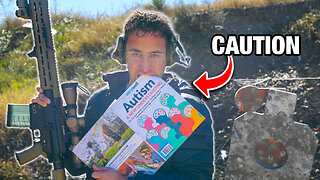 21:39
21:39
Nikko Ortiz
4 days agoI Take A North Korean Shooting
67.7K10 -
 23:01
23:01
GritsGG
15 hours agoWarzone Solo Dubular! Last Night Time Solo???
4.38K -
 22:47
22:47
The Pascal Show
13 hours agoTHEY’RE HIDING EVIDENCE?! Candace Owens EXPOSES Foreign Connection In Charlie Kirk Shooting
9.06K15 -
 LIVE
LIVE
Lofi Girl
3 years agolofi hip hop radio 📚 - beats to relax/study to
160 watching -

FreshandFit
13 hours agoLas Vegas Takeover!
186K17 -
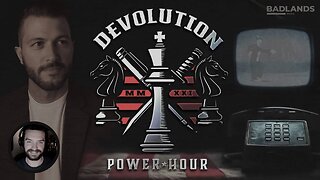 2:19:29
2:19:29
Badlands Media
13 hours agoDevolution Power Hour Ep. 404
70.7K37